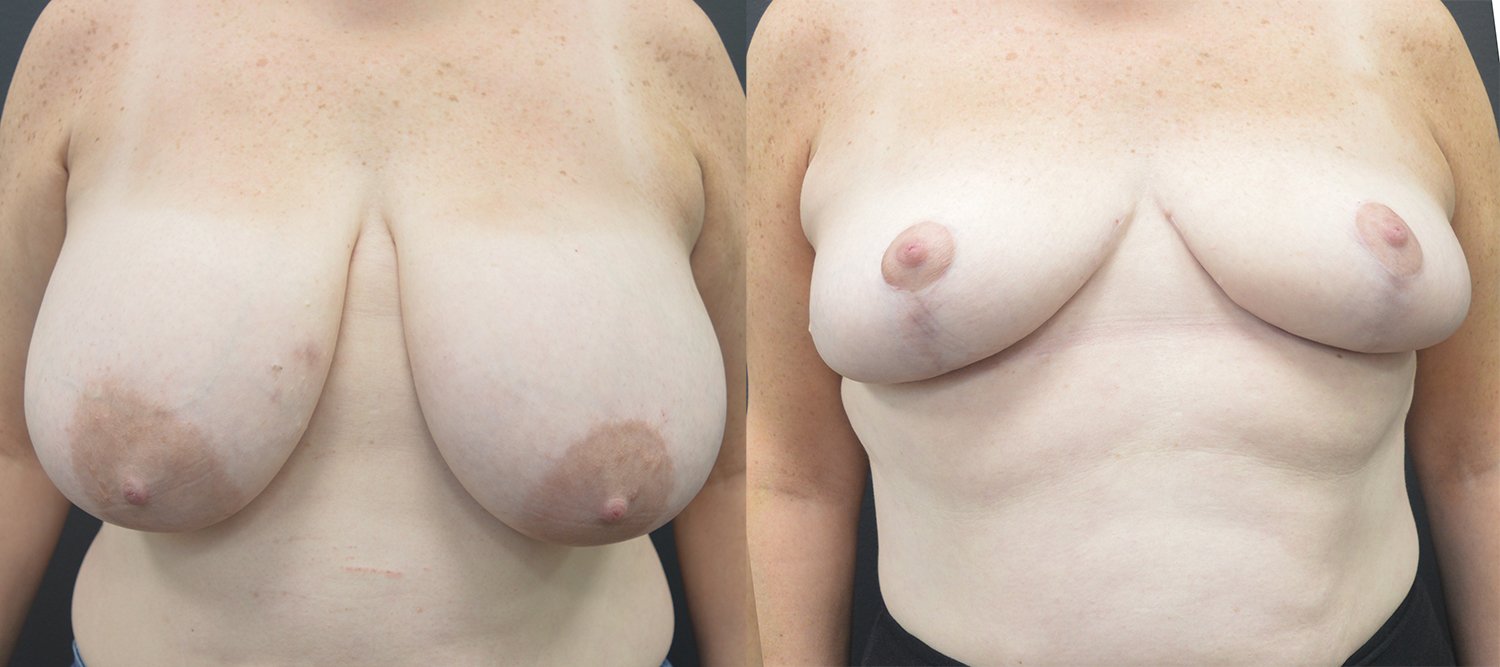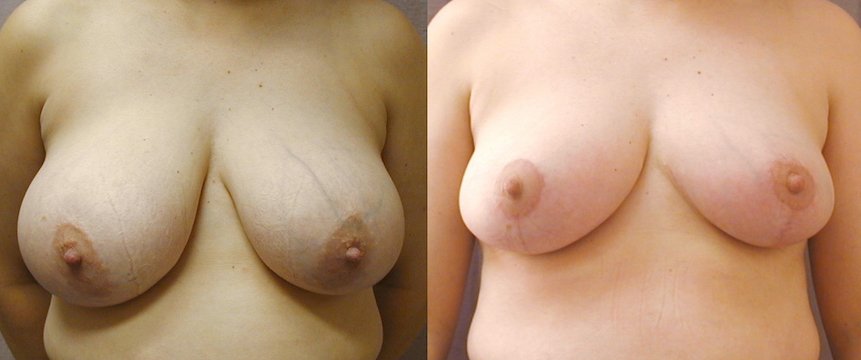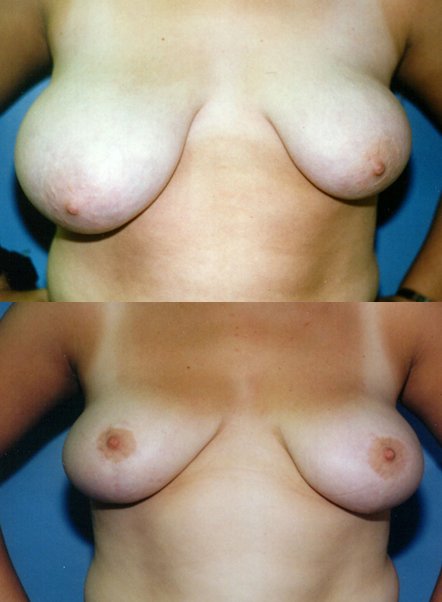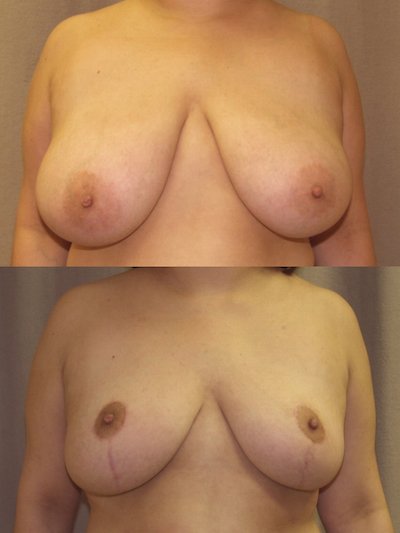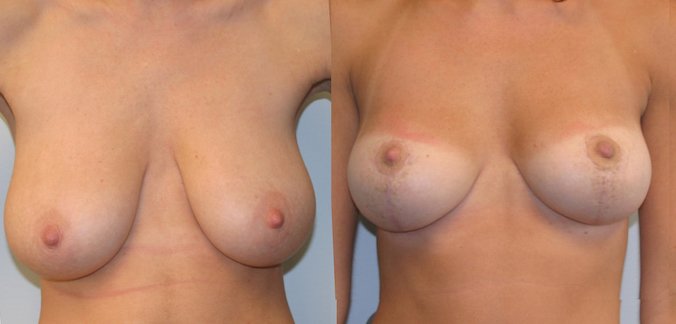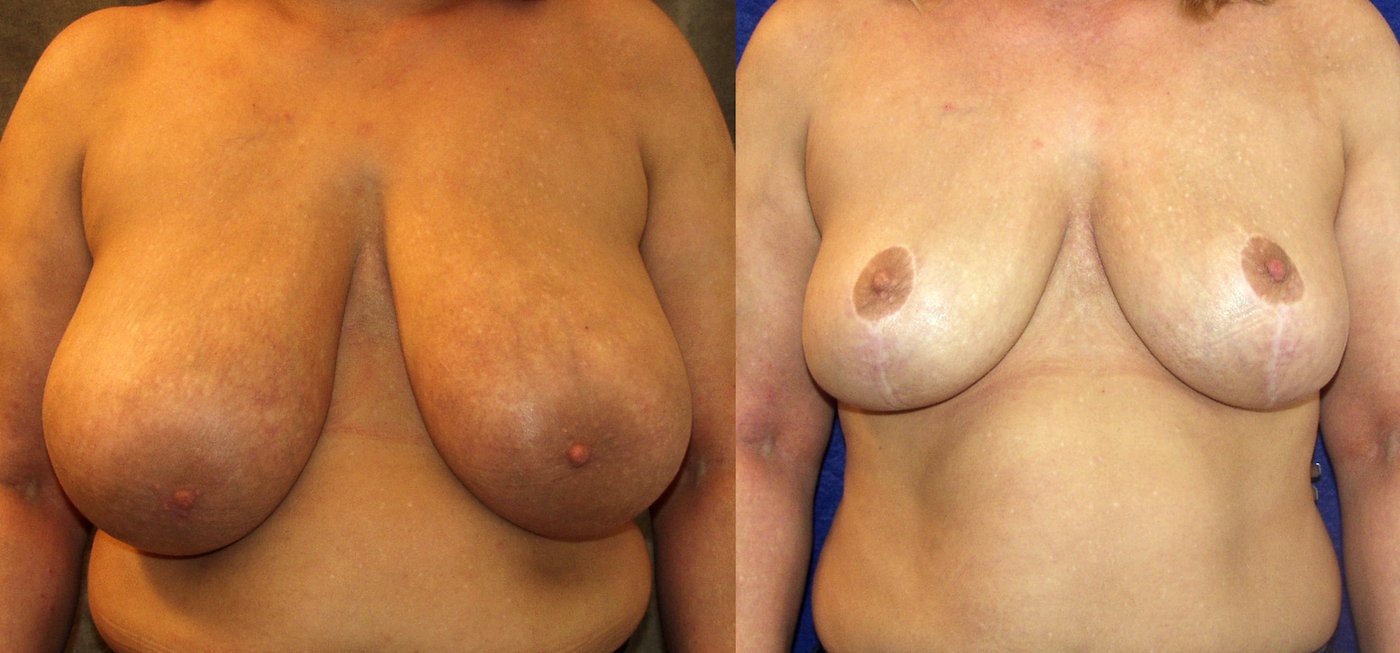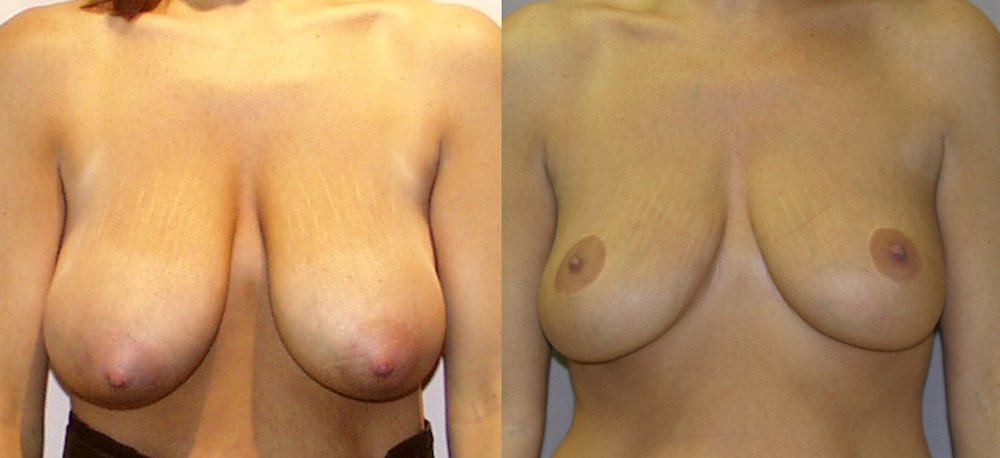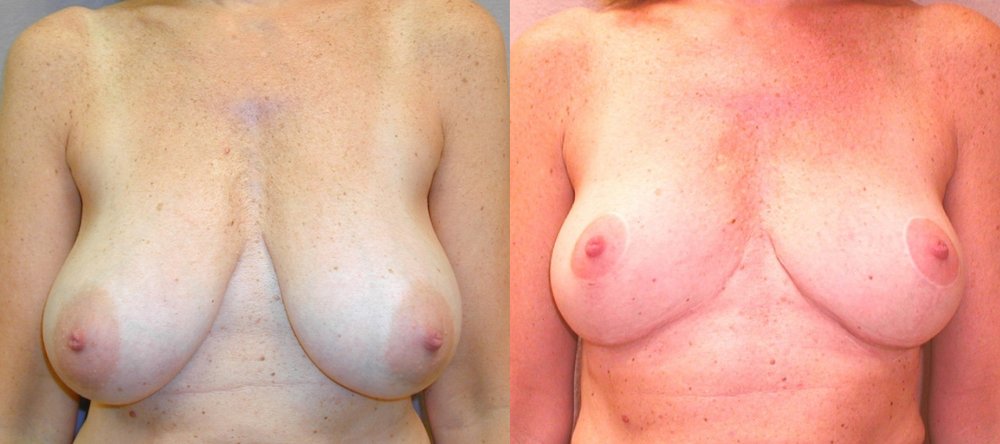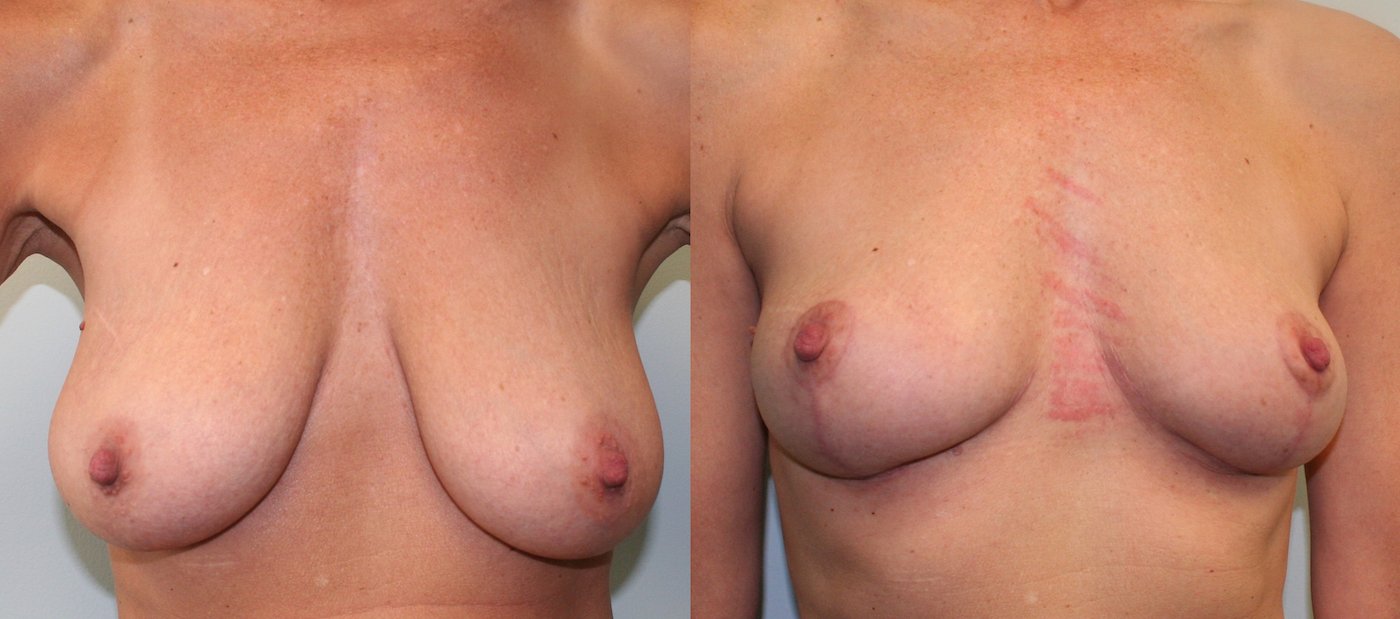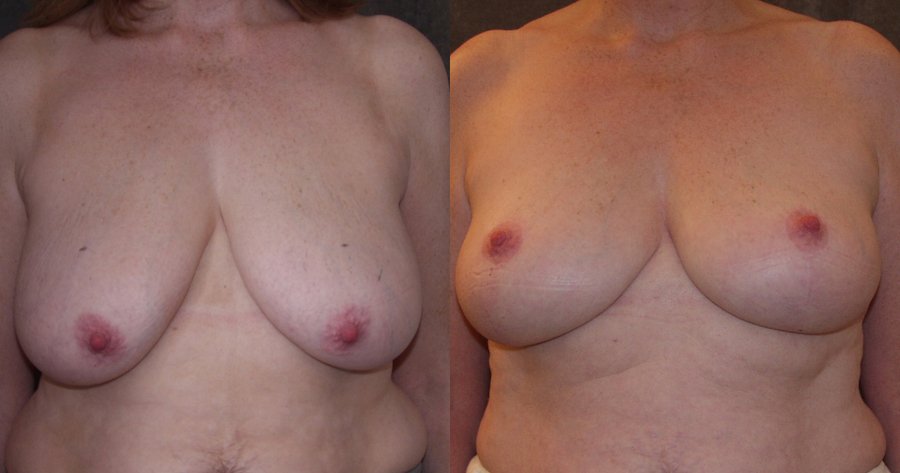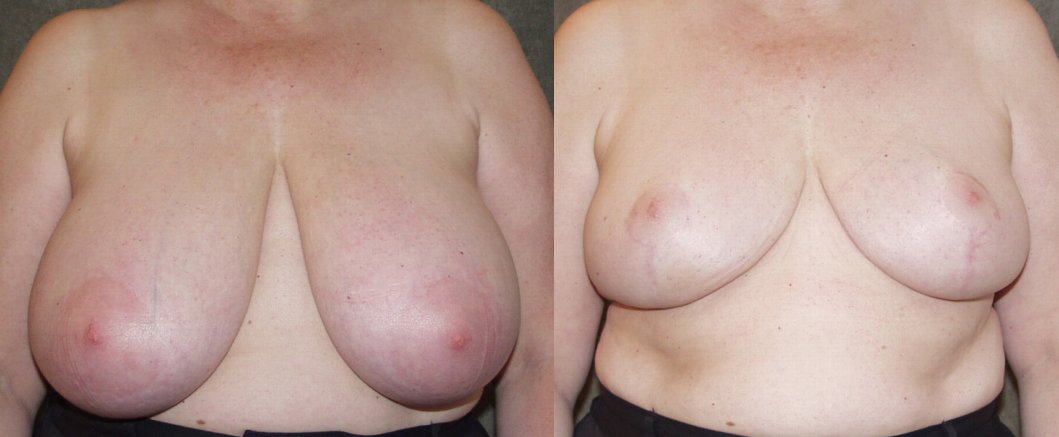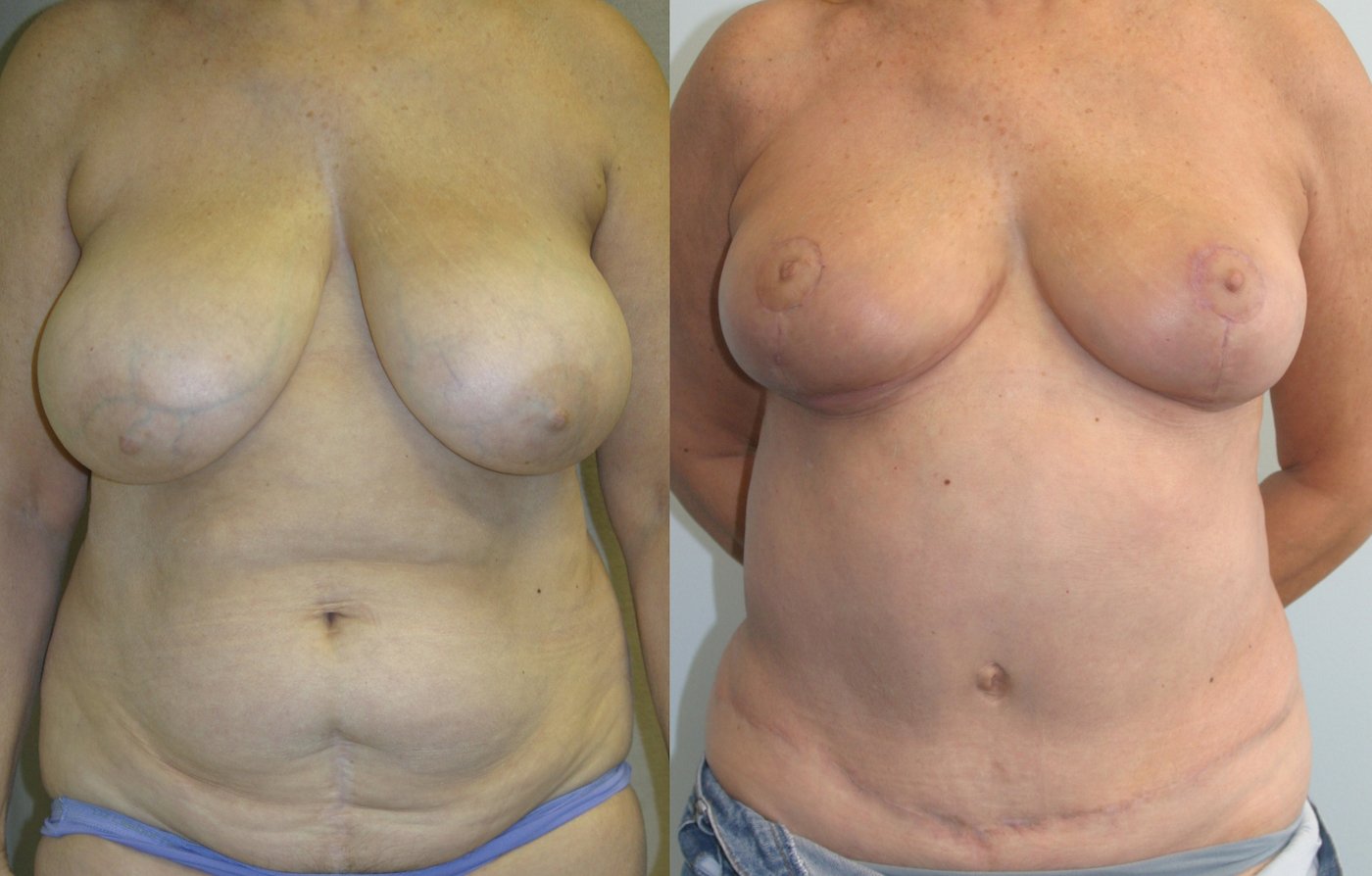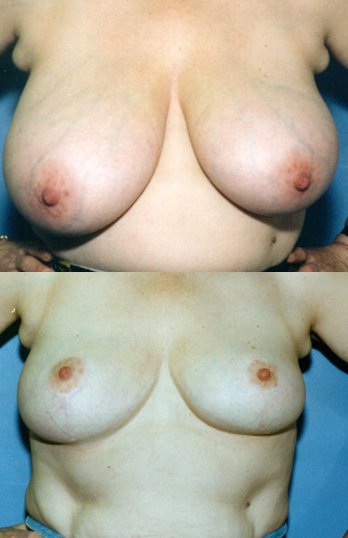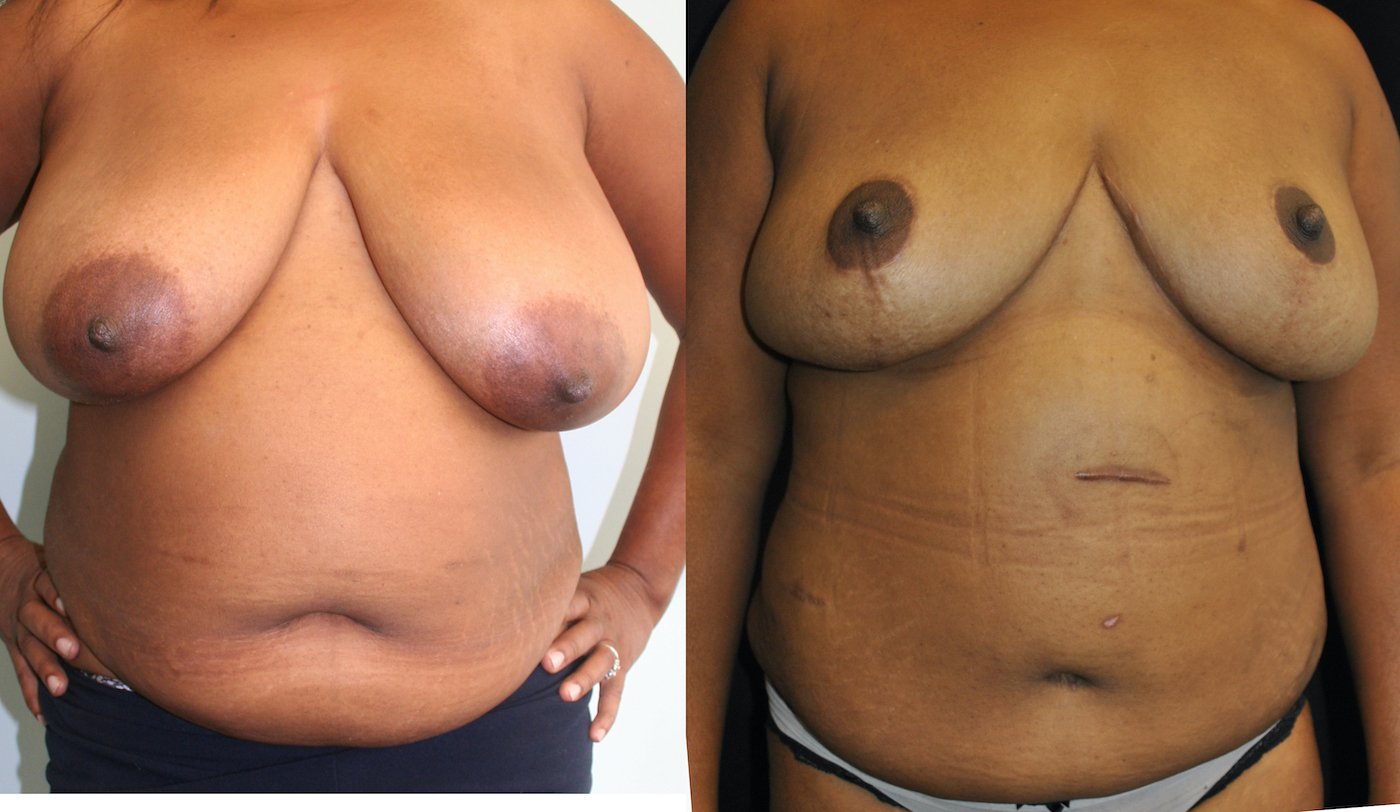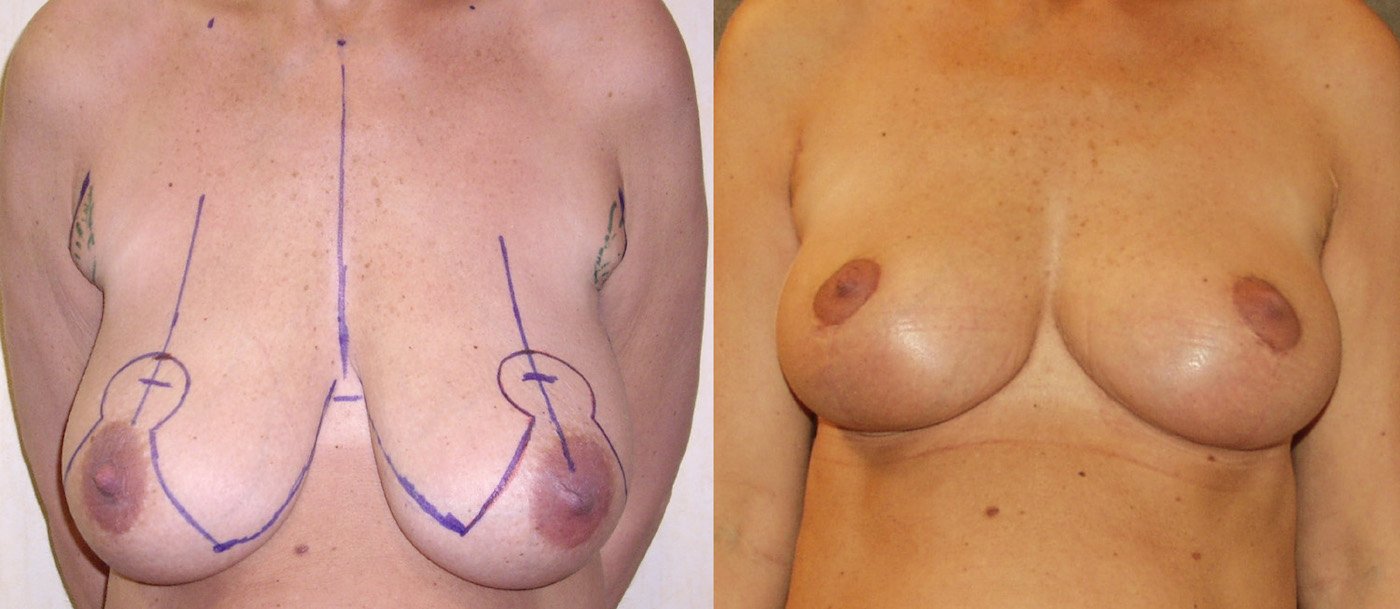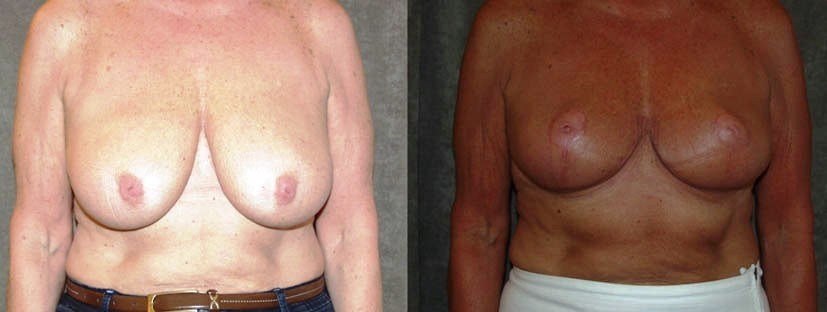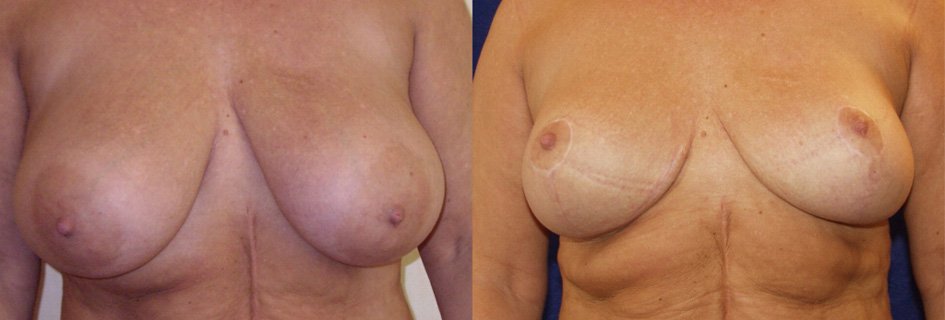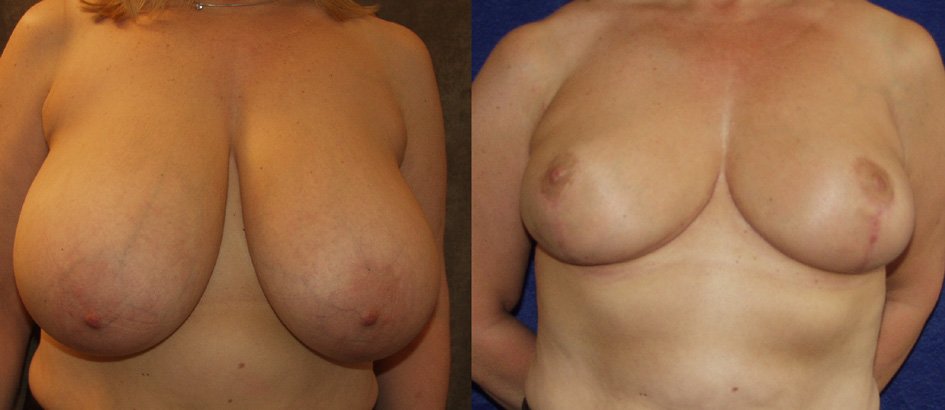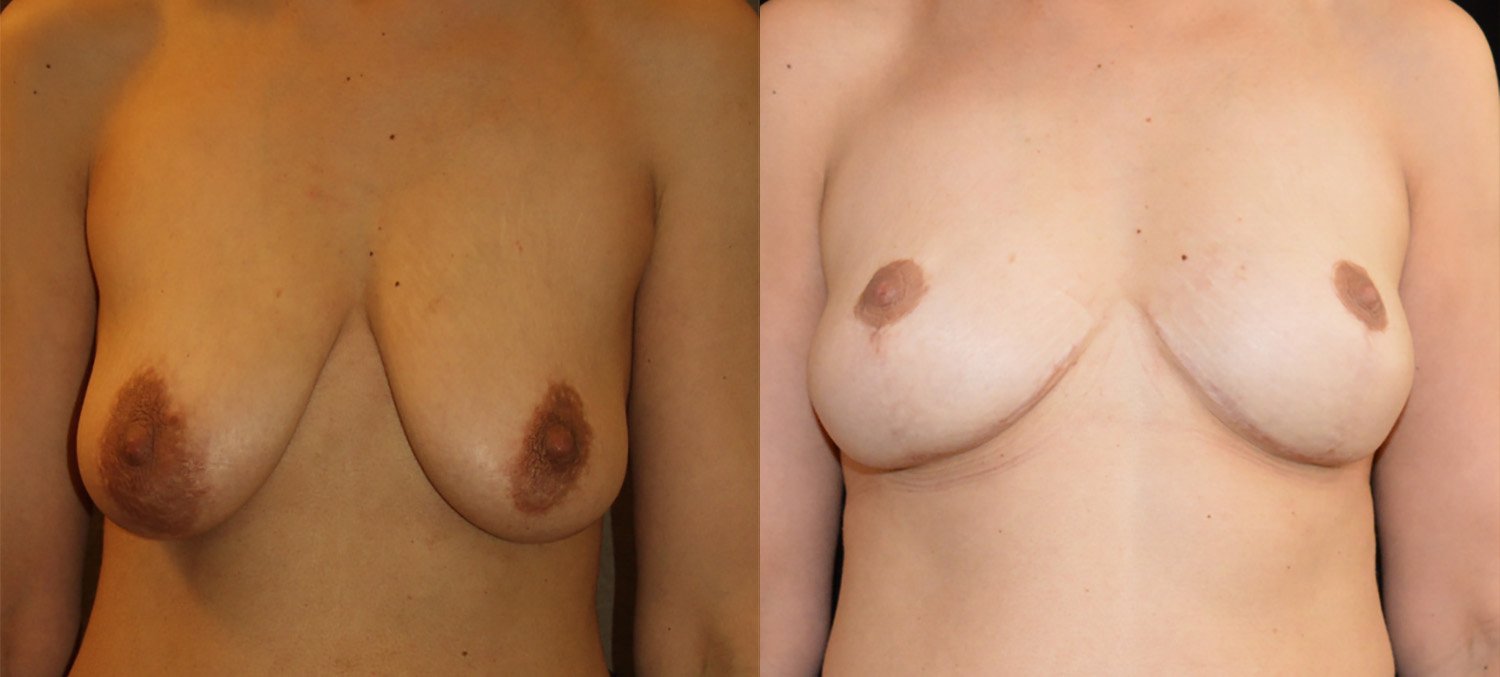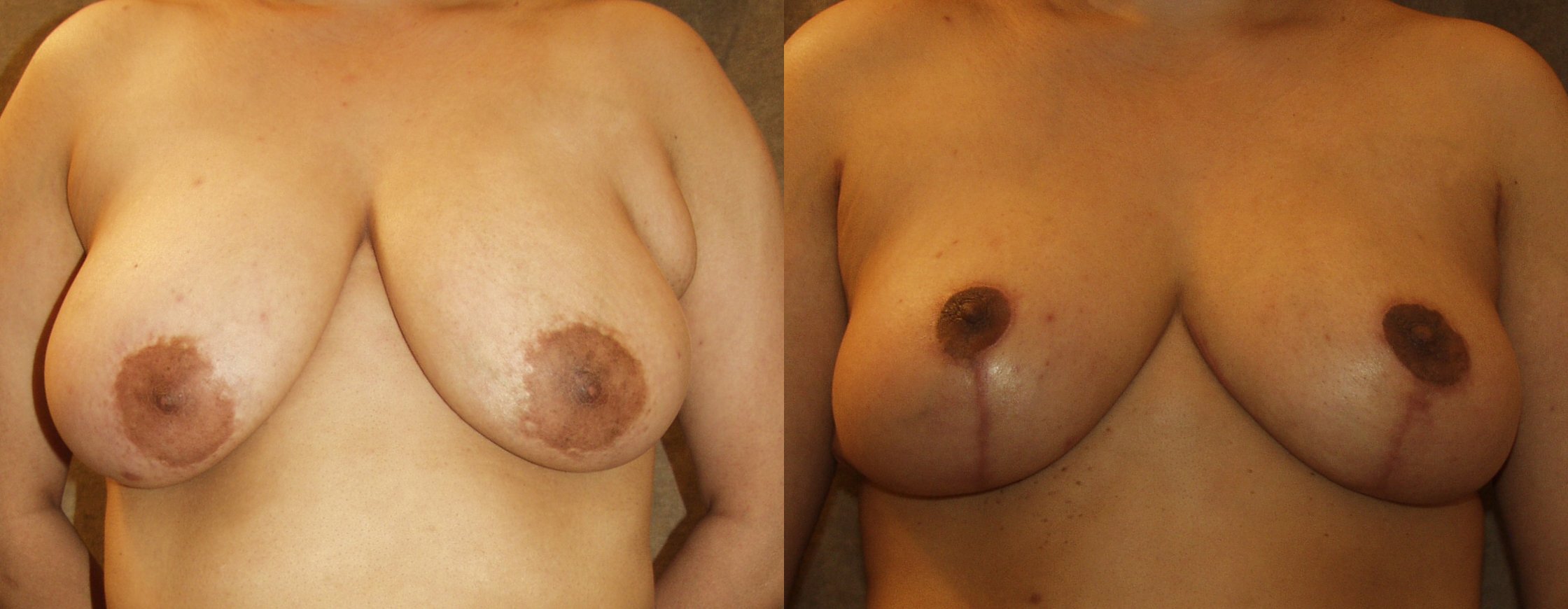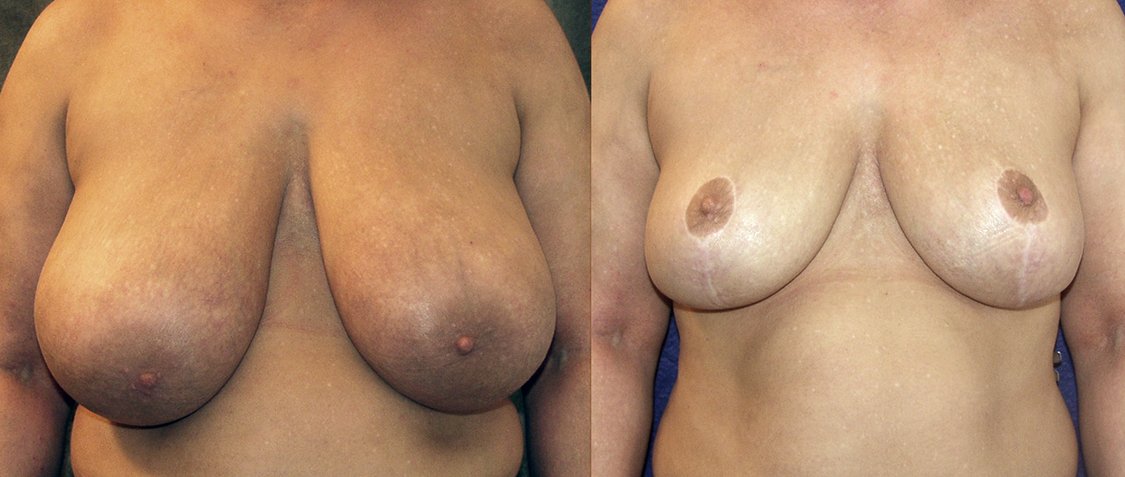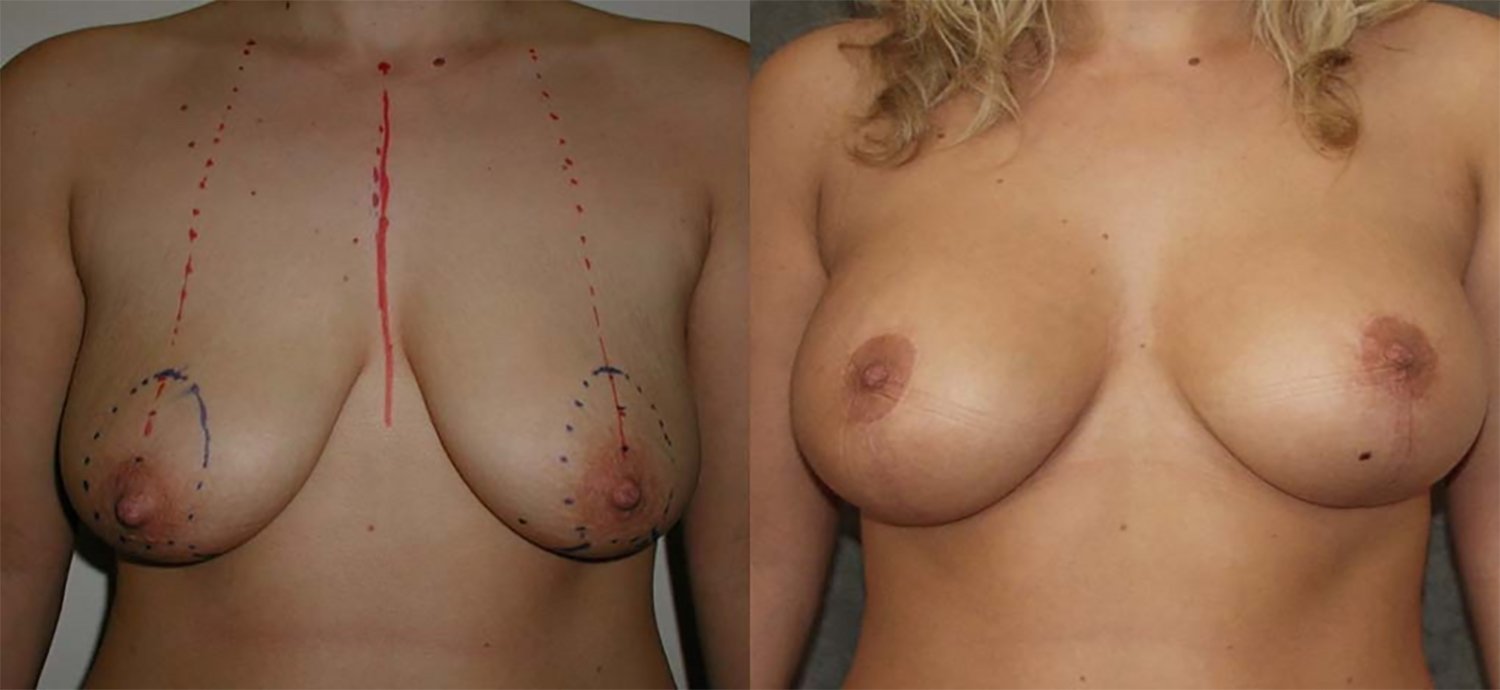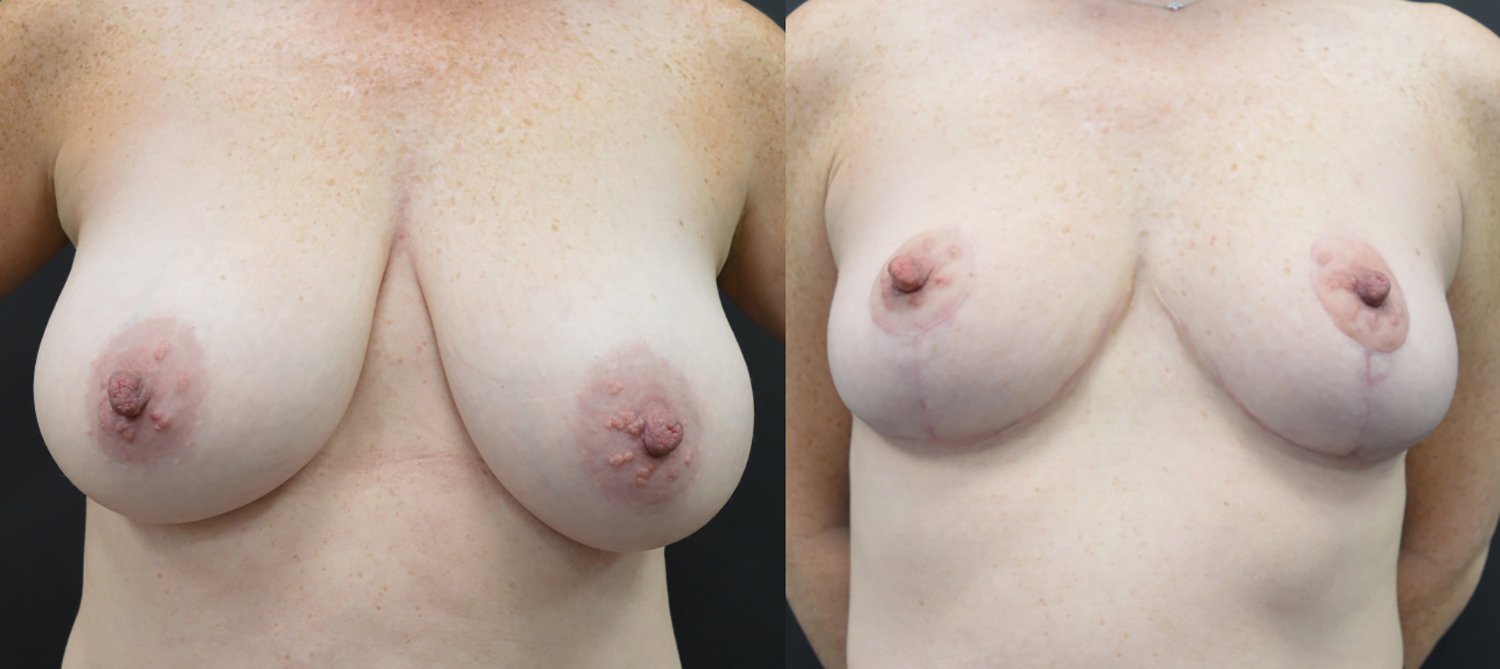Breast Reduction Procedure in Norwalk, Connecticut
Dr. Laurence Kirwan. is one of the most experienced Board Certified Plastic Surgeons in Norwalk, Connecticut, and in the entire country. He is a recognized international leader in Aesthetic Plastic Surgery. He offers a superior level of knowledge, care and understanding to help you achieve the youthful, bright and contoured look you desire.
Mention the words “cosmetic breast surgery,” and for most people, breast enlargement procedures are the first thing that comes to mind. After all, breast implants are a very popular cosmetic procedure, and they’ve been the subject of a lot of media attention, especially among celebrity news sources. But there’s another type of breast surgery that can also offer a considerable boost in self-esteem to many women with overly large breasts, as well as helping to relieve back pain, neck pain and other symptoms associated with heavy or pendulous breasts.

Conveniently Located: Every patient is a VIP. For your breast reduction appointment, you will see Dr. Kirwan himself at every single appointment. Our Norwalk, CT location is conveniently located in between Manhattan, New York and New Haven, Connecticut. Patients regularly visit from across Connecticut (Stamford, Greenwich, Stratford, Fairfield, Westport, Bridgeport, Darien, New Canaan, Trumbull), New York ( Manhattan, NYC, Larchmont, Mamaroneck, New Rochelle, Port Chester, White Plains, Harrison), New Jersey and other neighboring cities/towns for their breast reduction surgery and other plastic surgery procedures. Our office is close to all of the New York Airports for patients who are coming from out-of-state or other countries.
What is breast reduction surgery?
Breast reduction surgery is a procedure that removes excess tissue, including fatty tissue and glandular tissue, from breasts that are overly large. Although media perception is that large breasts are desirable, for women who have very large breasts, the experience can be an uncomfortable one, physically and emotionally. Breast reduction surgery aims to achieve two primary goals:
- to help women who are self-conscious about their overly large breasts feel more attractive and self-confident and achieve a more pleasing profile (and find clothes that fit properly)
- to help reduce or eliminate back, neck and shoulder pain and deep shoulder “troughs” that develop as a result of supporting very heavy breasts so women feel more comfortable
At what age can breast reduction surgery be done?
15 plus, when breast growth has been stable for one year. Parental consent is required for surgery under the age of 18.
What is the procedure like?
Breast reduction procedures are usually performed on an outpatient basis, which means you can go home the same day you have your procedure. Most procedures use an incision that encircles the areola (the colored tissue surround the nipple) and extends downward to the crease underneath the breast. Sometimes, the incision is extended along the fold to form an upside-down “T” shape. The type of incision depends on several factors, including the shape and size of the breast and the amount of tissue that needs to be removed.
Once the incision is made, excess tissue will be carefully removed and the nipple and areola will be repositioned to suit the new breast shape. Depending on your needs, whether or not you hope to breastfeed in the future and your own preferences, the nipple and areola may be completely detached and repositioned or they may simply be lifted upward to a higher location on the breast without being detached from the vessels, nerves and supportive tissues. Finally, the breast will be reshaped and the incisions will be closed. Most procedures take about three to four hours.
Surgical technique
In very large breasted women who have completed childbirth and breast feeding or who do not mind losing the ability to breast feed, the nipple and areola can be removed and replaced as a free nipple-areolar graft after reducing the breast. This helps to prevent ‘fat necrosis’ or hardening of the breast after surgery as well as also avoiding the risk of an impaired blood supply to the nipple-areola if it were to remain attached. It also provides a very secure shape with fewer tendencies to “bottom out” after surgery. Nipple sensation is lost and the projection and color of the nipple and areola is also affected.


Large breasts are uncomfortable and unsightly. They put stresses on the shoulders and the upper back. Exercise is difficult and large breasts can be an embarrassment, especially for school –age girls. Surgery to reduce them gives an attractive shape that can improve posture and sense of well-being as well as overall quality of life.


What is recovery like?
Immediately after your procedure, a dressing and special support garment will be applied to help promote healing and relieve swelling and discomfort. Most women can return to work in about a week to 10 days, but strenuous exercise may need to be avoided for several weeks to enable the area to heal properly. You’ll also need to avoid heavy lifting during healing. For a few days after surgery, you can expect to feel some discomfort which can be relieved with pain medication. Wearing a special supportive bra during this time can also help decrease discomfort. Follow-up visits will be scheduled once your surgery is complete, and you’ll also be provided with a complete set of instructions so you know what to expect throughout the recovery period.
Breast Reduction Lift
Breast reduction lifts have become increasingly popular in recent years. One of the reasons for the increase in popularity is the effectiveness of the results, helping women look and feel younger, more attractive and more confident. Breast lifts are often performed in combination with breast reduction surgery, resulting in breasts that are in better proportion with the rest of the body as well as providing a more pleasing profile.
Why have a breast reduction lift procedure?
Breasts can sag and “droop” for many reasons, including weight gain and loss, pregnancy, breastfeeding and good old gravity. Genetics and inherited breast shape can also play a role in how breasts develop with age. Breast reduction lift procedures aim to restore the breast to a natural teardrop shape while removing excess tissue that makes breasts appear flabby and overly large.
The procedure has four primary “targets” or “steps”:
- reducing the size of the areola if it’s enlarged or stretched
- repositioning and “lifting” the breast tissue to a higher position
- repositioning the areola and nipple
- removing excess tissue while remodeling the remaining tissue
Breast reduction lift procedures typically use an upside-down T-shaped incision that encircles the areola and then extends downward to the crease of fold under the breast where it extends outward horizontally on either side.
Recent advances mean better results
Dr. Kirwan is a leader in breast reduction lift procedures, using the most advanced techniques for optimal results in each patient. For most patients, he uses a “short scar” approach employing a smaller horizontal incision to decrease the risk of “bottoming out,” which occurs when the weight of the lower breast tissue eventually droops downward, tilting the nipple upward. In some women, a small portion of excess tissue removed from the pendulous portion of the lower breast may be “transplanted” to the upper breast, restoring natural fullness while significantly reducing the risk of bottoming out. This approach ensures the horizontal portion of the incision will be as small as possible, and in some cases it can be entirely eliminated. Over time, scars will turn pale and become almost unnoticeable.
Most procedures take about three to four hours to complete. Once the procedure is complete, a special drain will be placed in each breast to help remove excess fluid so swelling and discomfort are minimized. The drains will be removed the day after surgery. Sutures used during the procedure will be absorbed into the body, and no stitches need to be removed. Most women can expect to return to work in about a week, resuming normal daily activity in about three weeks. Gym workouts can be resumed in about six weeks, and any contact sports should be avoided for three months to enable the area to fully heal.
Teenage Breast Reduction: Common Questions for Parents and Daughters
The ideal age for surgery is between 16 and 20. At this age the breasts are completely developed. Although large breasts cause back pain and bad posture the major problem is psychological, and this is one of the few situations in which a psychological problem can be alleviated and often cured by surgery.
Ivo Pitanguy
Philosophy
Large breasts are uncomfortable and unsightly. They put stresses on the shoulders and the upper back. Exercise is difficult and large breasts can be an embarrassment, especially for school –age girls. Surgery to reduce them gives an attractive shape that can improve posture and sense of well-being as well as overall quality of life.
Surgical time and recovery
Surgery takes about 3-4 hours. All stitches are under the skin and are absorbable. The patient can go back to work in 7-10 days.
Related cosmetic procedures
SEE THE TRANSFORMATIONS & BEAUTIFUL RESULTS
Before & After Photos
46 year old R 591 gm L 679 gm Liposuction lateral chest R 200 L 215 one year 20 pound weight loss front
42 year old 2 years after breast reduction and abdominoplasty front view. Upper scar is additional unrelated surgery.


